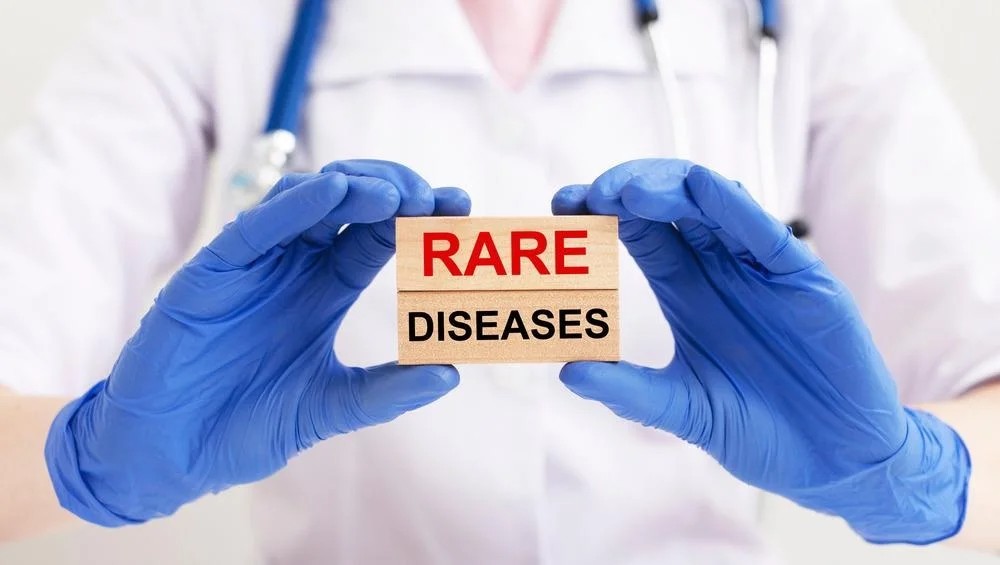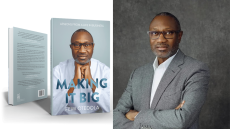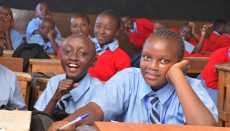- For individuals with rare conditions, each day is a battle—not just against their symptoms, but against ignorance, stereotypes, and systemic barriers. Many of these diseases are invisible, leading to misconceptions that those who don’t “look sick” must be exaggerating their plight.
Living with a rare condition is a challenge that few can fully grasp, yet it is a reality for millions worldwide. Rare diseases, while affecting a small number of individuals each, collectively impact an estimated 300 million people globally.
Unfortunately, these conditions are often overlooked by society, medical systems, and policymakers alike. Having witnessed the struggles of rare disease patients firsthand, I believe we urgently need to change how these conditions are perceived and addressed.
For individuals with rare conditions, each day is a battle—not just against their symptoms, but against ignorance, stereotypes, and systemic barriers. Many of these diseases are invisible, leading to misconceptions that those who don’t “look sick” must be exaggerating their plight.
One of the most significant hurdles for those with rare conditions is navigating the healthcare system. On average, it takes seven years to receive a diagnosis for a rare disease—seven years of misdiagnoses, dismissals, and often, unnecessary suffering. Even after a diagnosis, patients face additional challenges. Treatments are frequently experimental, unavailable, or prohibitively expensive.
For many, finding a doctor who understands their condition is an uphill battle. Rare disease patients often become their own advocates, spending countless hours researching symptoms, treatments, and specialist recommendations just to survive. Why is this acceptable? Healthcare systems should be designed to care for all patients, not just those with common ailments.
The lack of funding and research dedicated to rare diseases is inexcusable, especially considering the potential for innovation if these conditions received the attention they deserve.
Campaigns like Rare Disease Day are a positive step forward, but they’re insufficient on their own. Awareness must translate into action—into funding for research, education for healthcare professionals, and policies that ensure equitable access to treatment.
The rise of online communities has created vital spaces for connection and support for many patients. However, these grassroots efforts should not bear the burden alone. Governments, pharmaceutical companies, and medical institutions must do more to bridge the gap.
Living with a rare condition is not just a personal struggle; it’s a societal issue that demands attention. These individuals deserve better—from timely diagnoses to affordable treatments and, most importantly, understanding. We must stop viewing rare disease patients as outliers and start recognizing them as individuals who enrich our world with their resilience and strength.
Their challenges serve as reminders of the gaps in our systems and the critical need for empathy. Each of us has a role to play—whether it’s advocating for better policies, supporting rare disease organizations, or simply listening to and believing the stories of those who live with these conditions. Rare conditions may be uncommon, but the call for change is universal. Let’s respond to it together.




-1766009103-md.jpeg)





-1766009103-sm.jpeg)

